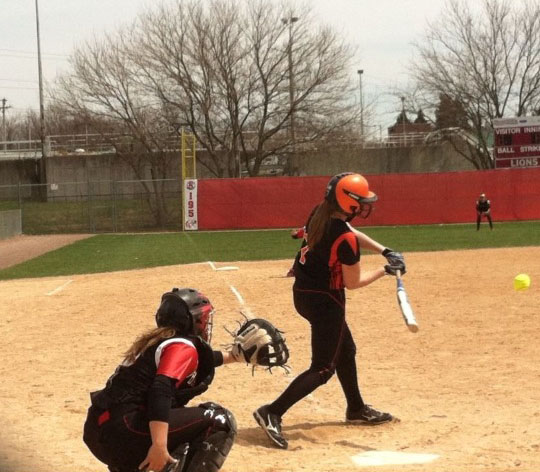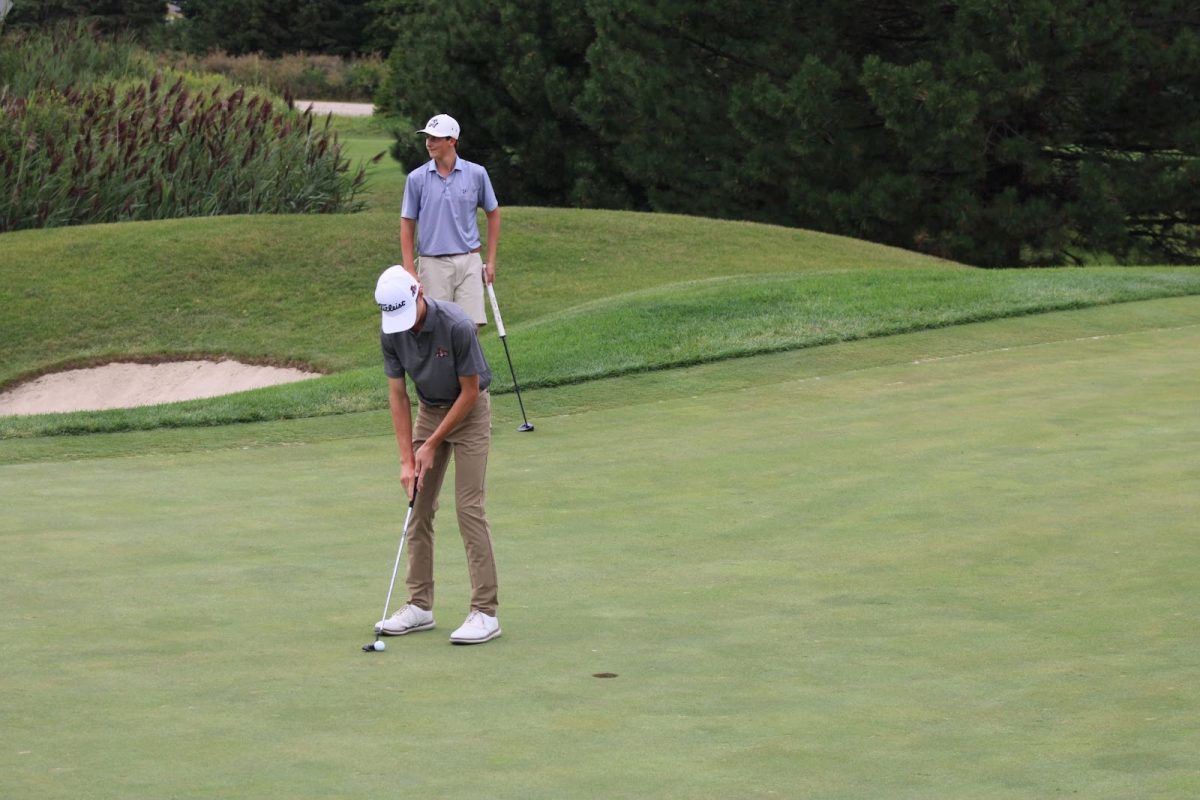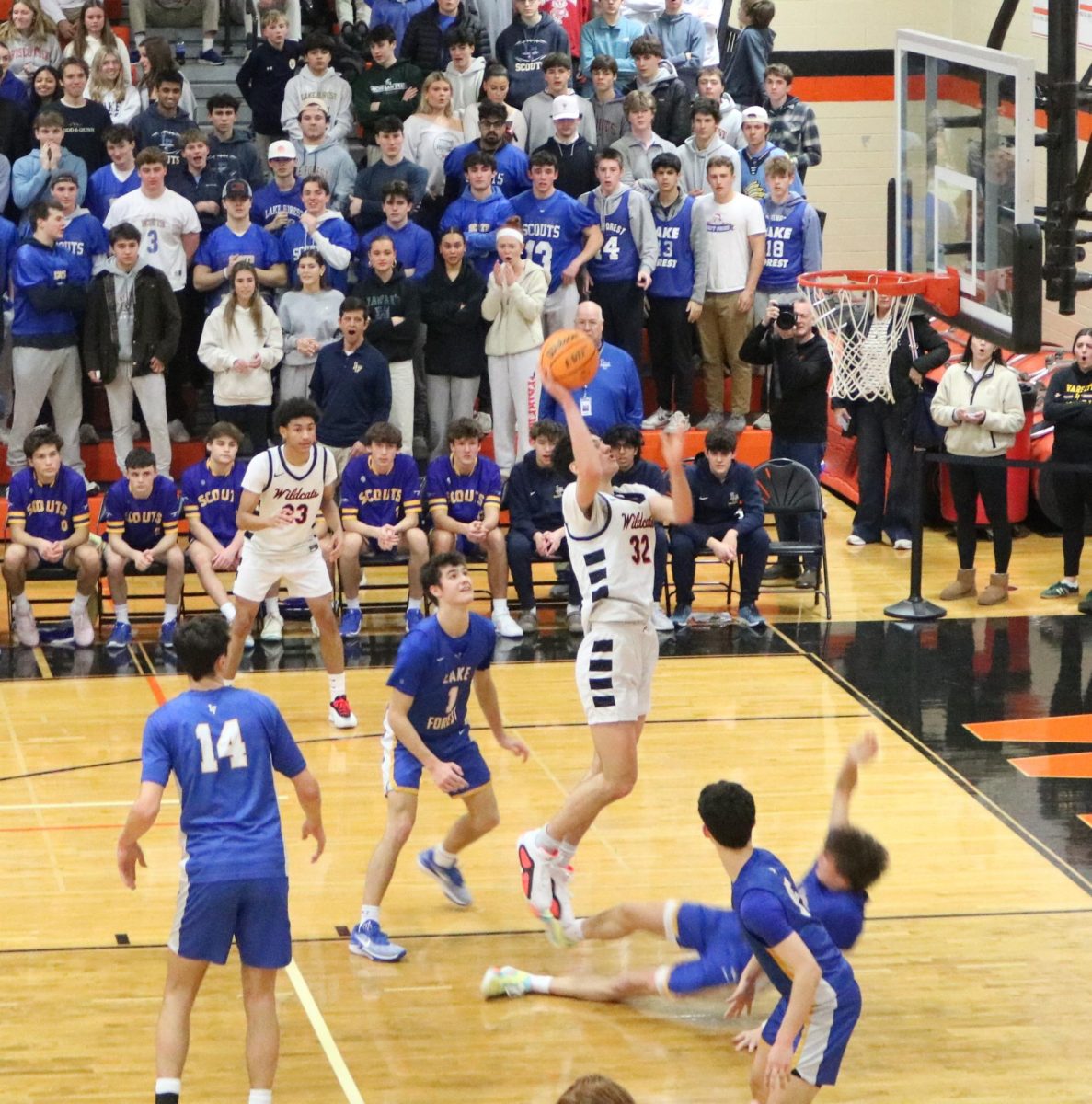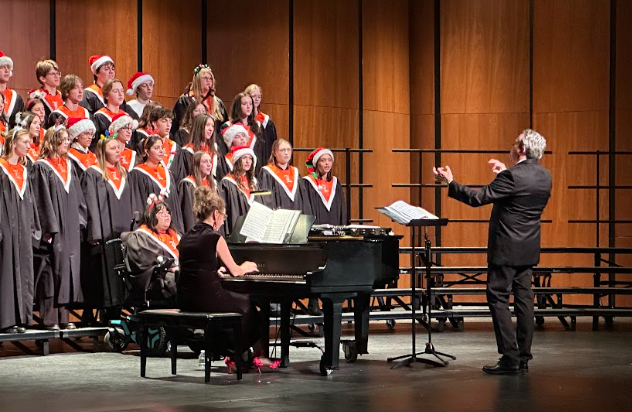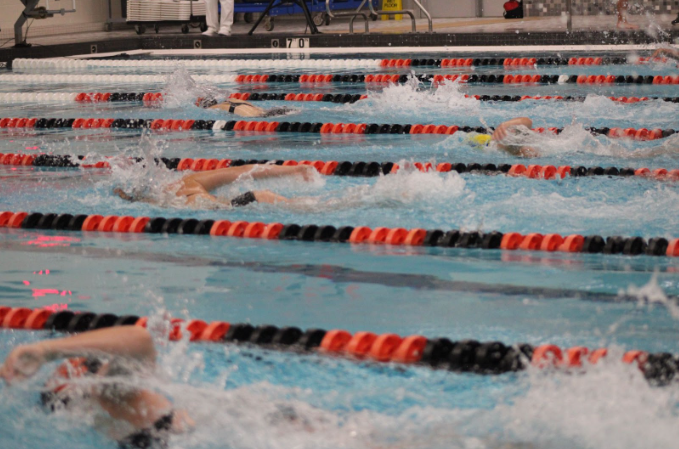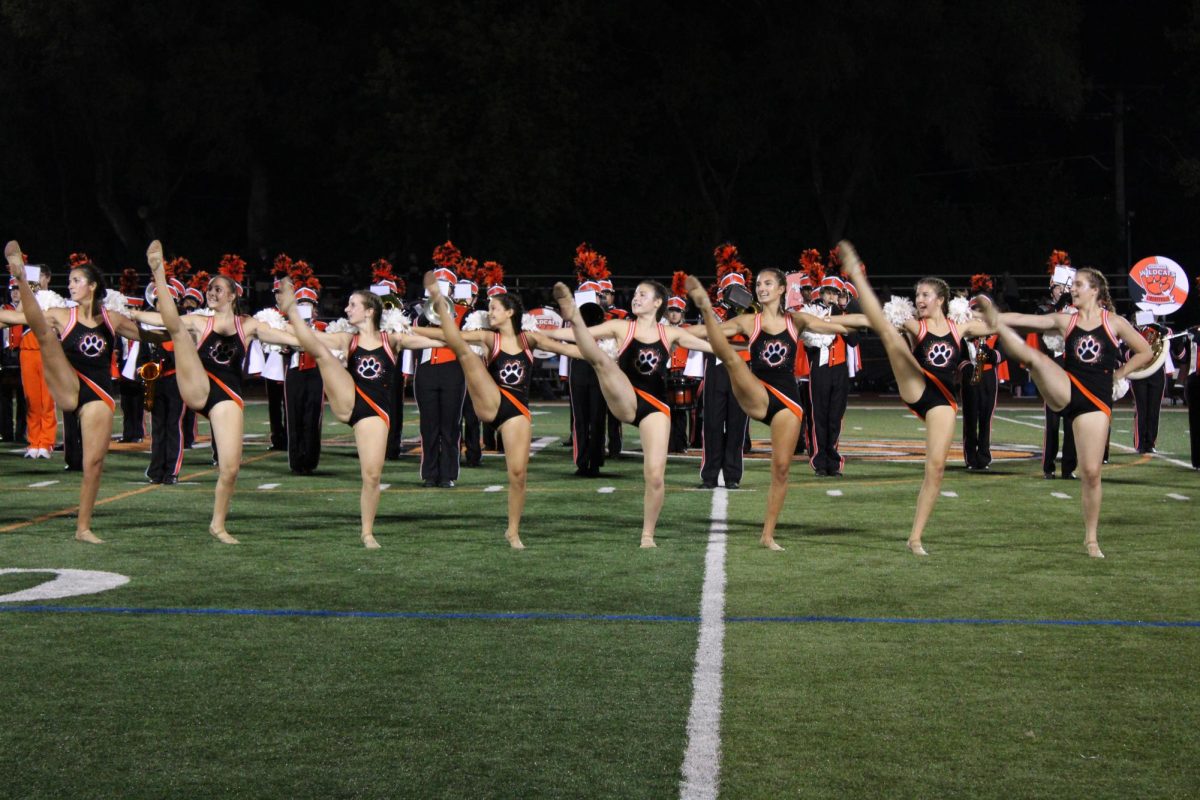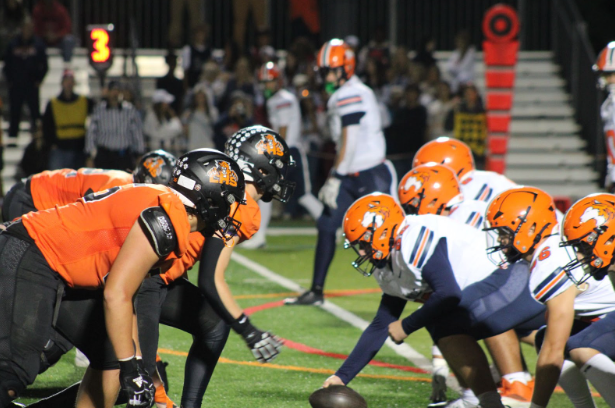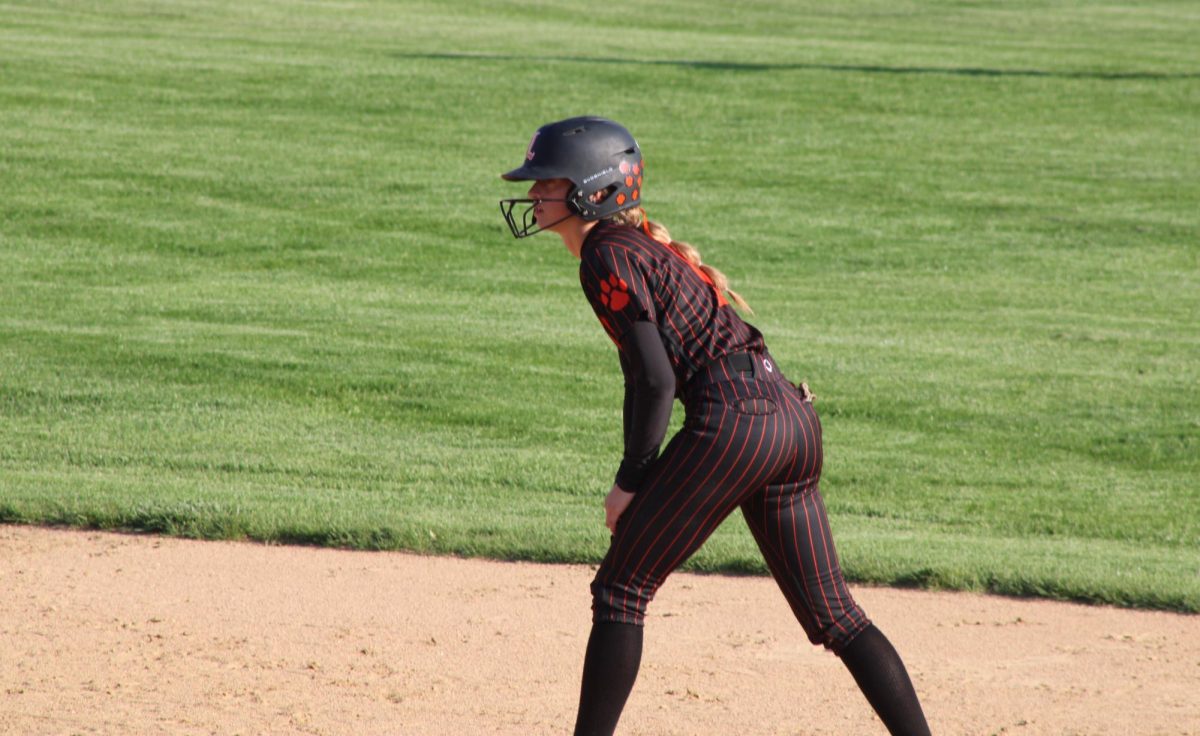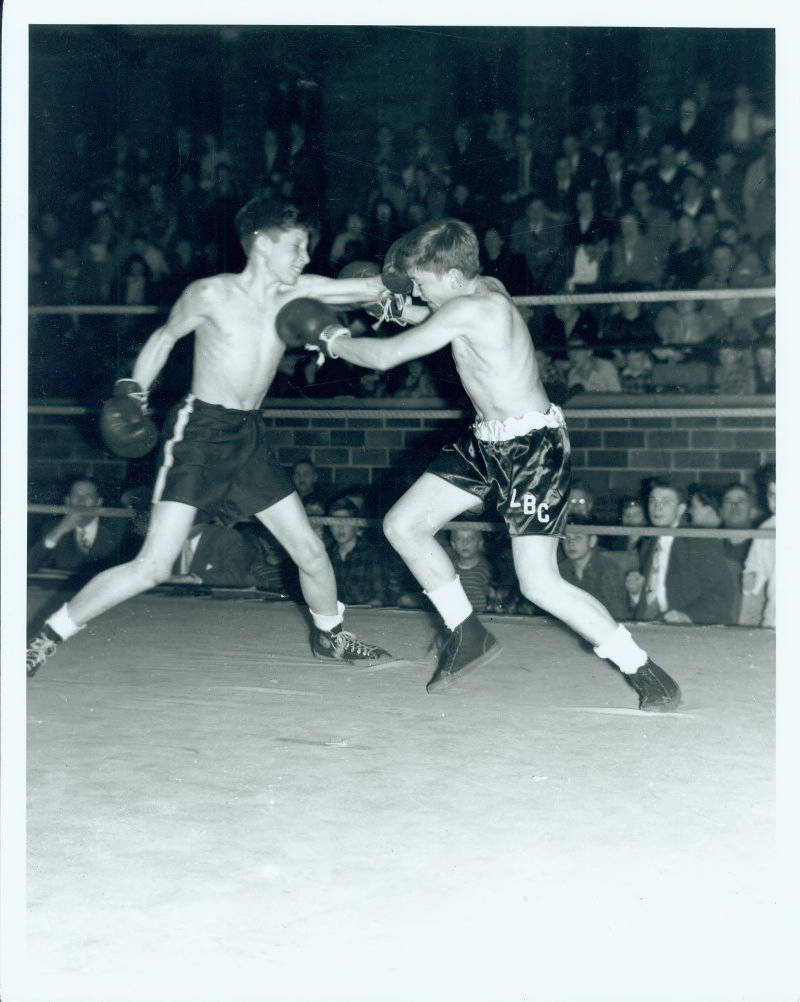Many student-athletes compete in high school-affiliated athletics, but there are a number of varsity athletes who participate in club athletics all year round in order to stay in shape and prepare for college. Following after this are descriptions of the differences between club and high school sports.
Athletes have to pay money to participate in a club sport unless they are specifically recruited, while for high school sports, athletes don’t have to pay nearly as much money. According to junior McKenzie Jordan, a softball player for the Warren Wave, “[I]t’s very expensive. It [the amount of money] varies depending on how many and what tournaments you go to, the uniforms, but typically it can cost from $850 to $1,500.”
Club sports tend to be all year round so that it is easier for people to stay in shape and come back next year better and more fit than they were the year before. While high school sports are only during one season with the occasional preseason, club sports continue all year long. For instance, for travel soccer, they have an indoor season where they meet and play in the Libertyville Sports Complex on turf, and although the rules of the game then are slightly different, they still are able to hone their skills and compete.
Club sports tend to be more intense than high school sports. The practices tend to be longer and more physically intensive; the competitions usually are against higher-level teams, and club sports require slightly more dedication than regular high school sports. Junior Mary Graham, a soccer player who plays for both travel and the school, corroborated this: “[W]e do very hard conditioning in travel and [have] very intense practices. … The ones I’ve been at so far at school have been generally more on the leisure side.”
One of the main purposes of club sports is to prepare the athlete to get recruited for a college sport. A lot of colleges will look more at the athletes who compete in club sports and look to recruit them compared to those that participate in high school sports because playing a club sport reveals an athlete’s dedication to a sport that shows how neither the time commitment nor the intensity of the practices and competitions can drive them away.
“[H]igh school sports are going to be up there on your resume, but club sports help you get better at the high school level. Even though it may not be the most important thing to colleges, the improvement and bragging rights help make it worth it,” stated junior Jason Ji, a swimmer for CATS aquatic club and the high school.
Adding on to that, Graham stated, “At school, as much as the coaching staff knows soccer at LHS, for travel they have more of an interest. They want to develop you into a college-level soccer player. They take the time to do that, but the school definitely wants to get you prepared, but at this point, I don’t think the program is at that point. I know a lot of players this year who are going off to college next year who opted out of playing soccer [at school] this year because they wanted to play with the travel team where they’d get more experience like college-level experience, more intensive practices, better competition, etc.”
Another difference between club and school sports is the travel time. Club sports require athletes to travel a lot more than high school sports, even going out of state, which can rack up time that the athletes need for homework or other sports that they may be participating in. For instance, in competitive soccer, there are multiple tournaments in locations like Palatine, Indianapolis, and even farther, that the soccer players have to travel to for their games. This also can get costly, as many club sports meet in areas that take anywhere from 20 minutes to longer than an hour to get to by driving.
Clubs also have coaches with more experience, as they can hire from a larger pool of applicants and can afford to be choosy. High school coaches are usually teachers at that school or from schools surrounding the respective school, and, so, there is a naturally smaller pool of possible coaches to choose from during the selection process. In addition to that, high school sports tend to practice directly after school so the coaches usually have to teach in a reasonably close area in order to make it to the practice.
The club athletes are generally more competitive, which in turn helps push club teams further and further toward greatness and improvement. These athletes have made the decision to compete in this rigorous course of their sport and are sacrificing time and money in order to make it to each and every practice in order to get better. This revelation of their spirit is the same as everyone on the club team has and so every athlete pushes each other and inspires each other to reach new heights together.
“To do club sports, you need to be dedicated and competitive in your sport, because you play against a lot of tough teams in club sports, unlike in high school sports,” said Jordan.
For the most part, club sports seem to be more lenient if there is a time conflict for a practice or a game while high school sports require athletes to be there unless a major event, like a wedding or funeral, is going on at the same time. Ji supported this: “I have more freedom to choose practice dates/seasons, meets, and I get to know a lot more people outside of my own team.”
Clubs sports tend to be slightly more rigorous and time consuming than high school sports, although high school sports aren’t a walk in the park either. The majority of high school sports are cut sports, and they do compete a couple times a week with multiple practices and workouts in between those stressful game days, which reveals yet another layer of dedication that high school sports have too.



